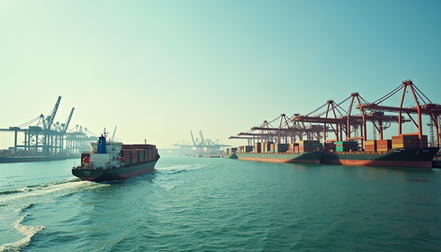top of page

Eastern Group is at the forefront of global logistics excellence. With a leadership team boasting over 70 years of combined experience, Eastern Group has established itself as a trusted name in worldwide shipping and trade. From strategic planning to flawless execution, Eastern Group ensures your shipping needs are met with professionalism and efficiency. Connect with Eastern Group today!
bottom of page








